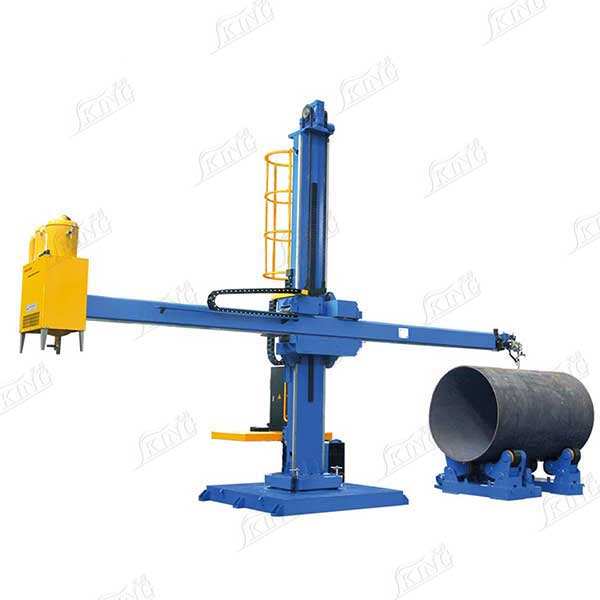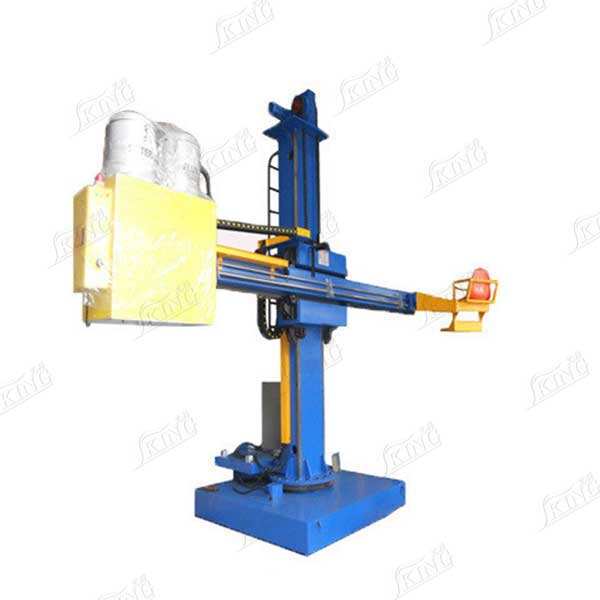column welding equipment
Column welding equipment represents a sophisticated advancement in automated welding technology, specifically designed for vertical and longitudinal welding applications. This specialized machinery combines precision engineering with automated control systems to deliver consistent, high-quality welds on columnar structures and vertical surfaces. The equipment typically features multi-axis movement capabilities, allowing for precise positioning and movement along complex geometries. Advanced models incorporate state-of-the-art features such as automatic seam tracking, real-time weld parameter adjustment, and quality monitoring systems. The equipment utilizes various welding processes, including MIG, TIG, and submerged arc welding, adaptable to different material thicknesses and specifications. Modern column welding systems often integrate digital interfaces for operation control and weld data management, enabling operators to monitor and adjust welding parameters in real-time. These machines are particularly valuable in industries such as construction, shipbuilding, and heavy equipment manufacturing, where vertical welding requirements are demanding and quality standards are stringent. The equipment's design typically includes safety features such as emergency stops, automated fault detection, and protective enclosures to ensure operator safety and workplace compliance.


